MONSTER TRUCKS: Good and bad of buying big American pick-ups VS utes
If you’re in the market for a new dual-cab ute, there’s probably a small part of your brain that is telling you all the good reasons for buying a big, brash pick-up truck born in the USA, but re-made here in Australia. But there is a dark side to these load-lugging leviathans…
Australia’s appetite for Yankie burgers, alcohol-free beer and the NFL have increased significantly over the years and so too has our market demand for no-bullshit American made pick-up trucks.
But are they worthwhile in worksite capability? Can they compete with the smaller dual-cab utes from the mainstream brands? Does a RAM 1500, Chevrolet Silverado or Ford F-150 actually pull their weight, and the tool trailer, as your prospective multi-role workhorse?
In this report, we’re going to answer these questions (and more), and we’ll extract the facts from all the overblown marketing hype.
This is important because as a consumer, this is a very expensive purchase decision, and you should be making and informed choice with, potentially $100,000 or more.
You might also like to know if there are potential savings here in the tens of thousands… In short, yes. Yes, there is.
WALK OF FAME: Do star-spangled trucks make sense?
The RAM pick-up trucks were the first to arrive locally and have increased in sales volume considerably since 2017. The 1500 looks set to reach 6000 units by the end of 2023, which is an approximate increase of 500 per cent compared with 2019. And a RAM does ooze masculinity, so it’s understandable why so many people are wooed by their appeal.
But let’s look at the figures and see if it’s just marketing hype when the marketing says a RAM:
eats utes for breakfast.
The standard-size RAM 1500 is exactly 5.83 metres long - that’s 17 per cent longer than a LandCruiser 300 and 10 per cent longer than a Mazda BT-50. A base 1500 also weighs 2.5 tonnes completely empty; (but we’ll come back to weight shortly). So with that increase in length, you would would also expect the price to offer you at a minimum, 6 per cent more capability.
The RAM 1500 has a tray length of 1.7 metres (which, in the official 1500 Laramie specs, RAM Trucks Australia still quotes in imperial at 5 feet 7 inches), with the tailgate closed, obviously. It’s also 1.68 metres (168cm) at its widest in the tub, of which the wheelarches intrude by about 250mm on each side leaving you with 1.29 metres (129cm) between them.
The tailgate aperture is only 1.56 metres wide, meaning if you have something that needs to fit into that maximum 1.6-metres space aft of the wheelarches, you’ll need to feed it in diagonally in order to clear the tailgate opening.
As for towing, you need to look beyond the machismo 4.5 tonnes of towing capacity unless you have a light rigid truck license. Because on an ordinary car license, that’s how much you’re limited to, generally speaking, unless there are technicalities in your relative Australian state or territory. Don’t be completely won over by the 4.5 tonnes claim without that clause fulfilled.
Furthermore, the marketing is lathered in thick clumps of towing bravado such as this:
The RAM 1500 Pickup Truck offers the only V8 HEMI engine in its class and is without a doubt one of the most powerful.
The V8 HEMI delivers 291 kW of power and 556 Nm of torque, while delivering the unmistakable V8 rumble to announce your arrival.
They really do trowel it on, and on, and on…
4.5 Tonne max towing! That’s a whole tonne more than any mid-size ute!
With a maximum braked towing capacity across the V8 HEMI-powered range of up to 4.5 Tonnes, nothing comes close to the RAM 1500 when it comes to towing
All in the same section of the website, they’ve mentioned the “V8 Hemi” four times. But they never mention when those 291 kilowatts is available. Also, stopped capping-up the ‘t’ in ‘tonnes’, it’s not a proper noun or the start of a sentence, nor is “Pick-up Truck”. I digress.
Peak power in this thing doesn’t arrive until 5600 RPM. So you’re not announcing your arrival as much as you’re announcing how much fuel you’re chewing through just to get up some mediocre hill with that mini excavator on board, which any Mazda BT-50 could be pulling at an effortless 1600-2600 RPM, with peak power of 140kW arriving at 3600 revs.
The problem is that the normal revs you’re going to be driving in, at traffic lights, in the suburbs, in housing estates, on the freeway, through the CBD, is all going to be low. You want the engine providing that low-down power just above idle, when you gently accelerate from stationary with a two-tonne tool trailer on board.
And the most energy intensive driving is accelerating from stationary, because you’re trying to overcome the friction of the tyres on the road. Getting the four-tonne combination rolling consumes more fuel than any other point. That’s why diesel is the superior fuel for light commercial vehicle engines.
The BT-50 will also consume 52 per cent less fuel than the RAM, and in a 57 litre fuel tank in the Mazda versus 87 litres in the ‘little tub’ RAM Big Horn, you’ll be emptying at almost the twice the rate of the diesel. The primary problem here is that diesel is about 20-30 per cent more energy dense than petrol. The Hemi might have cylinder deactivation, but that’s not going to help you when any kind of significant load is placed upon the powertrain, which will be often because: tradie.
Sorry, RAM, but your Big Horn is the one on the BT-50’s breakfast menu in all the performance areas relative to any tradie who respects the facts.
SHE’S GOT THE LOOK
There is an argument many current owners would have about the aesthetic aspect of buying on of these enormous blocks of steel, plastic, rubber and glass. Here’s why the Chevy Silverado is a questionable consumer choice >>
But this is more of a niche buyer who already has the capacity to afford one, or any other mainstream ute like a Ranger, Hilux, BT-50 or Triton, but specifically wants the branding opportunity that such an outlandish vehicle represents.
Sure, the ability to carry a dimensionally large, awkwardly shaped and substantially heavy thing like the new bucket for an excavator, because you’re the owner of the civil engineering business, then yeah, that’s acceptable. And the thing with being your own boss is you’re also the part-time marketing manager in an anecdotal sense, so having your logo and mobile number on some little half-baked ute is not enough - I get that.
And when you’re in the financial advantage of being able to write the vehicle off (or even just part of it) as a tax deduction, because it is a weapon of choice for both practical operational purposes and in an ambassadorial capacity, there is a justifiable case for that.
It's undeniable that there is a substantial amount of real estate on all sides for something like a Chevrolet Silverado in which to emblazon not only the company logo, but also your credentials - literally and figuratively. Every project you work on is an opportunity for exposure and potential growth.
But you have to ask at what kind of ongoing cost are you seeking this reputation, and is it one you can maintain? Because you might be able to write-off the initial outlay, and all of the normal on-road expenses, but can you maintain the ongoing costs in between new clients coming on board?
Insurance, servicing, parts, fuel - these are the hole sin your balance sheet colander that you cannot allow a purchase such as this to get the better of you and your business. Now it goes without saying that if you’re dealing in big contracts, expensive equipment and BAS statements out your ears, then small holes like fuel and servicing are hardly going to be of grave concern, but these ownership costs are persistent. Death and taxes, remember?
Warranty on a RAM 1500 is only 3years/100,000km and servicing is 12-monthly or every 12,000 kilometres - whichever occurs first. But good luck finding the warranty and servicing info on the Silverado website.
Sure, the Silverado has got the look of a brawny Terminator-like vehicle, but has it got the touch? Potentially, yeah. Because even in a 128,000-dollar vehicle, the base Silverado 2500HD doesn’t come with parking sensors, despite having such an enormous front grille and high bonnet line that is going to easily obscure your kids or the dog, any kerbs or parking bollards, and don’t think things are any better out the back.
Sure, you get a reversing camera, but there’s so much real estate behind the driver, in the rearview mirror, your line of sight to anything behind is going to be terrible. So terrible, you’re going to be forced to rely on the rear camera, which goes against the terms and conditions of your agreement for operating the vehicle. You simply cannot see anything behind the vehicle, because the tray alone is over two metres long. Then there’s about a metre of rear seating length to cover.
Next big problem for the 2500 is big claims that don’t really stack up. Statements like this:
…are quite pumped-up in the grandiose marketing hype, but not substantiated by the facts. Notice how they’re having to use broad, non-specific metaphors like making “light work of even the heaviest loads”. It doesn’t explicitly state it has the biggest payload, it’s just some vague notion that it can handle, if that’s the right term, 975kg.
Now, 975kg is not a trivial figure - its one bag of spuds away from a metric tonne - but in the context of other smaller, less expensive utes, with all the same levels of equipment (or better), it’s pretty unimpressive. The aforementioned Mazda BT-50 GT has a claimed payload of 1065kg - that’s 9 per cent more - and it costs about $64,000 driveaway, while the Silverado starts at $137,000 including on-road costs. That’s double the price for less payload potential.
If you opt for the incoming new 2024 Mitsubishi Triton >>, you’ll save even more cash as one of the best value dual-cab utes on the market - once it arrives properly early next year.
You might also try to stage an argument over a Silverado’s off-road prowess, talking about its ground clearance and its inherent weight being an advantage to maintain traction over the wheels, like some pseudo Unimog or something. But it’s not just a little bit more weight in this thing - it’s a full tonne. The kerb weight is 3.6 tonnes on an LTZ, a full 1000kg more than a LandCruiser 300 and more than 1600kg heavier than a BT-50.
Bearing pressure: 10mm of treadface is not enough to displace the extra tonne of mass in an F-150, let alone a Silverado LTZ on 265s.
The wheels on a WT or LTZ are 18-inch alloys wrapped in 265mm Goodyear or Michelin tyres respectively, which are exactly the same as on a LandCruiser, meaning the same amount of tyre tread is transmitting an additional 38 per cent more mass onto the same patch of road surface. In the case of off-roading, that same sketchy piece of bush track simply has 38 per cent more weight ripping it to shreds.
And if you add water to that situation, all that is going to happen is you sink further into the mud and get hung up sooner, because ground clearance on an LTZ is, at best, 250mm completely unladen. And you’re never going to be completely unladen in the bush, are you? Plus, the breakover angle is 21 degrees compared to 23.8 on a BT-50 with a slightly shorter wheelbase.
FORD BETTER OR WORSE?
Lastly we come to the mighty Ford F-150, the supposed king of the American pick-up trucks; the best selling vehicle in North America or something like that. But so what? Just because the Ford Ranger is the most popular 4X4 ute in Australia, doesn’t mean the F-150 is a guaranteed success. So what is going for it then?
Well two things are going for the F-150 which is about 15 years too late to the Australian market. The first thing working for the big Ford is Ford itself, which is generally pretty good at making pick-ups and utes. But that’s a limited compliment because while they are a much more reputable brand than importer Ateco and the sketchy market unknown Chevy/Walkinshaw, Ford’s dealership network and Ford Australia are both lacklustre in their customer support reputation on the whole.
The second thing working for the F-150 is price. Using the phrase loosely, it is much closer to being affordable than the other two American pick-ups, but not just in overall price (because the RAM is about $10K cheaper). The advantage of the F-150 is Ford’s big dealership network of 42 in every metro city centre and major regional hub, and therefore the better parts inventory they’re going to carry as demand increases. The dealer thing with the Silverado is virtually non-existent. The insane popularity of Ranger also bodes well for the F-150 in 2024…
Having said that, RAM Trucks Australia has grown significantly in the time it’s taken Ford to get off its arse and bring the F-150 here. RAM dealers now total 72, across every state, and sales have soared over the last five years. Projected sales of all RAMs should hit 7000 by the end of 2023, which is a 150 per cent increase since the 2800 total the brand managed in 2019.
The fact RAM can offer a 1500 with a lower entry-level price than an F-150 which has a Ford-contracted right-hand drive conversion done in Thailand compared with the Australian-based Walkinshaw operation (which in early 2023 clocked its 20,000th sale) is somewhat impressive from an economics perspective.
However, RAM and Walkinshaw has a seven-year headstart, and it’s a reasonable expectation to suggest Ford Australia will probably catch up quickly in the next two years. Meaning, as sales improve, prices should start to come down.
But the persistent problem with such a vehicle, the (driveaway) ~$114,000 F-150 XLT, is at the very heart of this enormous vehicle - its engine - and here’s why. A 3.5-litre twin-turbo V6 running on petrol just doesn’t add up.
For a Nissan Patrol running its 5.7-litre V8 that drinks 98-octane premium, against a Toyota LandCruiser 300 taking diesel, it does add up because the Patrol is not as expensive - to the tune of about $20,000-30,000. There’s an economic advantage buying Nissan Patrol over LandCruiser >>. But that’s not the case with a similarly priced F-150.
F-150 GXL has a 136-litre tank and consumes 12.5 litres per 100km on the combined cycle laboratory test. The LC300 GXL (about $117K driveaway)) does 8.9L/100km - but let’s call it 9 to be a little generous. Actually, let’s round it up to 10 litres, and be even more generous to the F-150 by pretending it only drinks 12 litres per 100km. That’s still a 20 per cent greater fuel consumption by the F-150 - and they both have virtually exactly the same engines: both twin-turbo, both V6, and almost exactly the same displacement 3.3 in the Toyota and 3.5 in the Ford.
You couldn’t make these vehicles much more identical in their powertrain, except for the fuel they’re burning. Now admittedly, there is a 94-kilogram payload advantage in the F-150 (794kg) over the LC300 GXL (700kg), plus you have the open tray in which to stow whatever dirty, bulky or awkward cargo.
But then there’s that recurring problem of the Mazda BT-50 which offers 33 per cent better fuel economy, 45 per cent lower price (that’s over $51,500 back in your pocked), and an extra 101kg of payload. It’s literally more capability for less money.
And even if you try the towing argument, suggesting the F-150 wins on towing because: 4.5 tonne braked towing capacity wins. Well, in percentage terms the BT-50 is technically rated to 3.5 tonnes, but that means for almost half the price of the F-150 your BT-50 can do 77 per cent of the same towing capability.
Another way to look at this is, for every kilogram of towing in the F-150, it’ll cost you $25. For every kilo you tow in the BT-50, it’ll cost you $17.80 - let’s call it $18 to round it up. It’ll cost you 38 per cent more for every kilogram you tow.
The F-150 will also consume more than twice the amount of petrol than the BT-50 will in diesel. At current fuel prices, 136 litres of petrol is $244, whereas even if diesel is $2.10 per litre, 76 litres of it in the Mazda is going to cost only $159.60. That’s 52 per cent more every time you fill up.
In every economically rational sense, a Mazda BT-50 dual-cab ute is the better value, more practical and most affordable 4X4 load-carrying and towing vehicle than a Ford F-150.
Here’s my extensive report on the understated workhorse Mazda BT-50 >> and the old-engined Isuzu D-Max >> respectively.
While you’re at it, here’s everything you need to know about the all-new 2024 Mitsubishi Triton >>
I'll help you save thousands on a new dual-cab ute here
Just fill in this form. No more car dealership rip-offs. Greater transparency. Less stress.
BUY A PROPER TRUCK
Iveco, Hino and Isuzu also do pick-up trucks, but with much, much bigger off-road credentials, greater payloads and towing capacities, and undeniably superior build quality.
Welcome to the grown-up’s heavy-hauling, rock crawling, mud-plugging Iveco Daily 4X4, Isuzu’s FTS, NPS or NLS 4X4, and the Hino 300 Series 4X4. You can download their respective specifications sheets here:
If you want to tow something weighing more than 2.5 tonnes, don’t buy a RAM, a Chevy Silverado or Ford F-150, you can improve on a LandCruiser or Ranger, or Pajero Sport or Nissan Patrol. Just buy a truck. Seriously.
A small truck like an Isuzu NPR or Hino 500 or Iveco Daily 4x4 are all perfectly suited for towing really heavy loads - safely.
Th problem with utes and pick-up trucks is they’re not designed to be very good at both towing and carrying payload. They are fundamentally designed to one or the other. If you add payload, you limit what you can tow. Towing something big means you sacrifice on payload.’
In stead of a big American pick-up truck, buy an actual truck, like an Iveco Daily 4X4 or an Isuzu NPS 4x4, which are designed to do both things at the same time (and when you’re checking out the Iveco, have a look at how different the fundamental engineering of a vehicle such as that actually is.) And you can guarantee you won’t overload an Isuzu NPS truck - which offers a dual-cab and a 7500kg GVM which can be rated down to 4500kg to allow driving on a car licence.
That Iveco is not a ‘light duty’ vehicle. Nor is the Isuzu. You’ll put everything into the back of an NPS and it’ll look back at you thinking, “Is that it?”.
If you wanna see what it can do, here’s the Iveco Daily 4x4 tested by Andrew St. Pierre White at 4XOverland >> . And here is the Isuzu NPS 4x4 being driven off-road >> .
Alternatively, you could put 500kg in the ute, which is really just the family and some essentials, and maybe tow a trailer not more than 2000kg. (Like 400kg tare and with a payload of 1600kg - two axles, braked, roller-rocker suspension… It does not have to be the fanciest off-road trailer money can buy - just a decent trailer, for touring.) But you have to be very careful about weight management in any American pick-up or ute.
If you impose truck-like demands upon your pick-up truck, or your conventional ute, you’ll break something. This really is that simple. But you will not break a proper grown-up truck, because they’re designed not to, out of the factory, in stock-standard trim. You don’t need a gooseneck or fifth wheel, you won’t need big silly diff locks or GVM upgrades, and there’s an abundance of ground clearance, so ride height need not be touched. And best of all, the R&D has already been done.
Lots of people turn their utes into the ‘pimp’s Cadillac’ of 4X4s - which is a great recipe to overload them (or on-limit load them) and thus engineer out any latent reliability the vehicle(s) possess. If you max out the payload and then max out the severity of the usage, everything will break sooner, and it’ll be a pig to drive. This is heresy, of course, to the ears of ARB or TJM. They want to sell you one of everything. But you don’t have to say ‘yes’.
If you do end up going with a conventional ‘Japanese’ 4X4 dual cab, I’d choose one that’s been on sale for at least 12 months - which is just about long enough to tell if there are any intrinsic engineering problems in service.

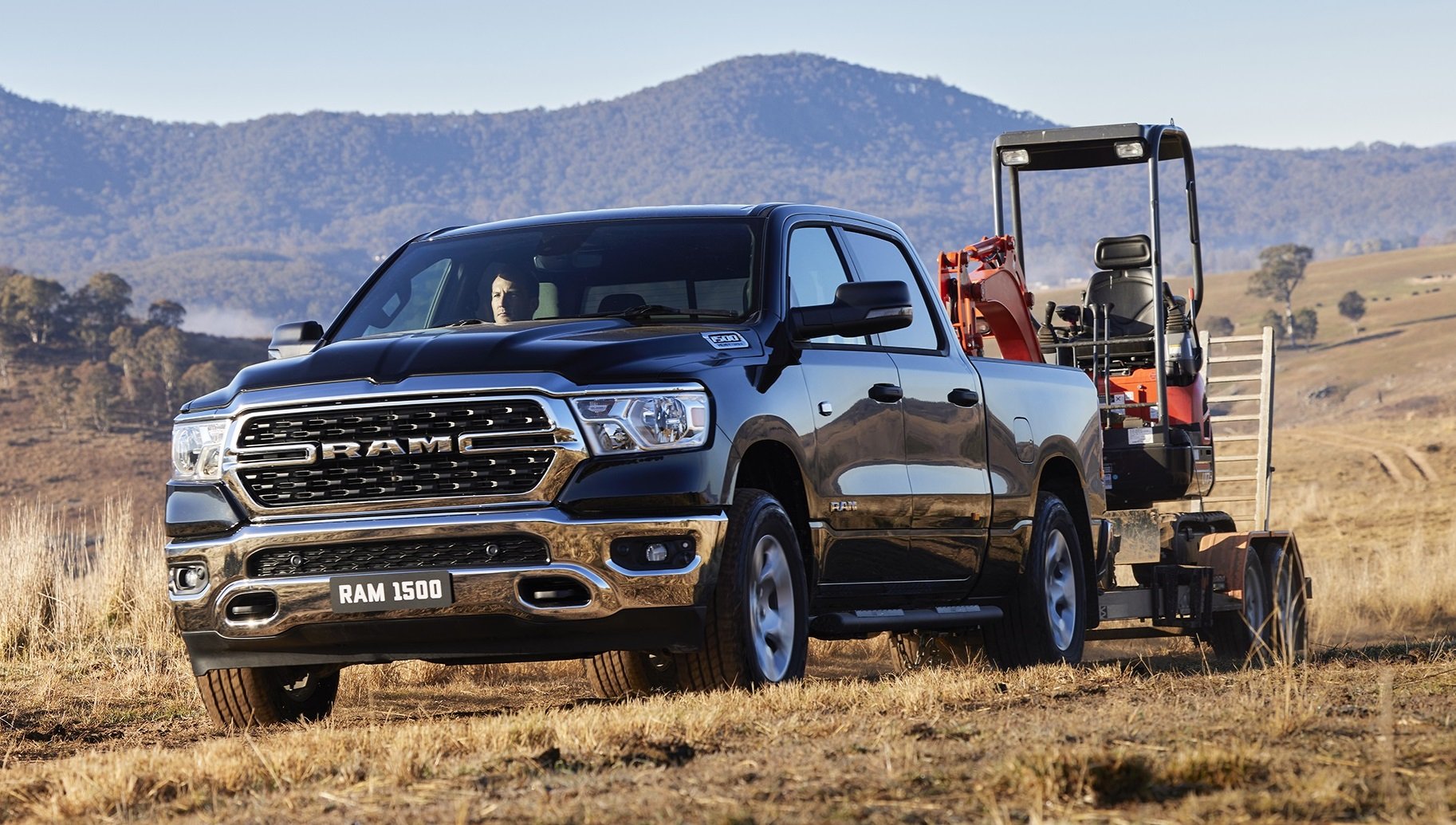


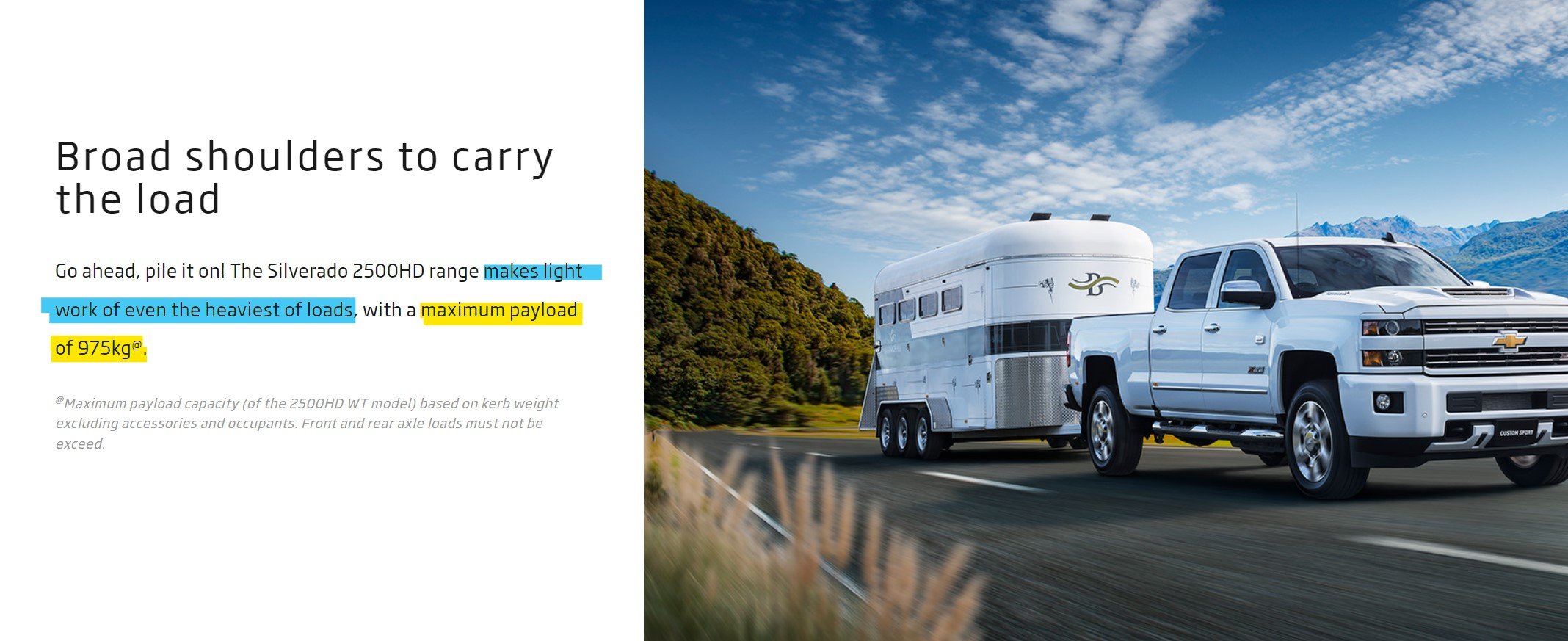
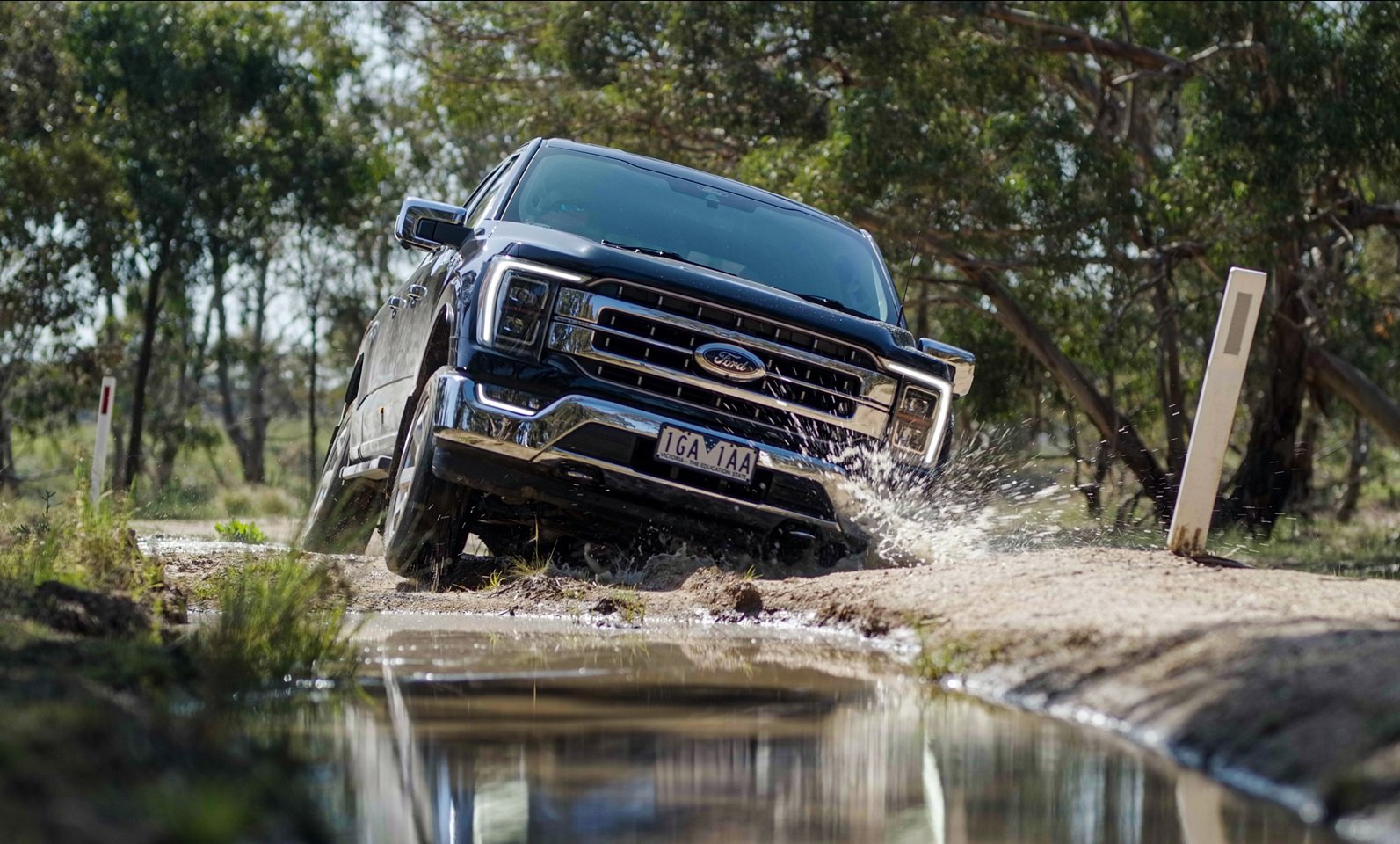

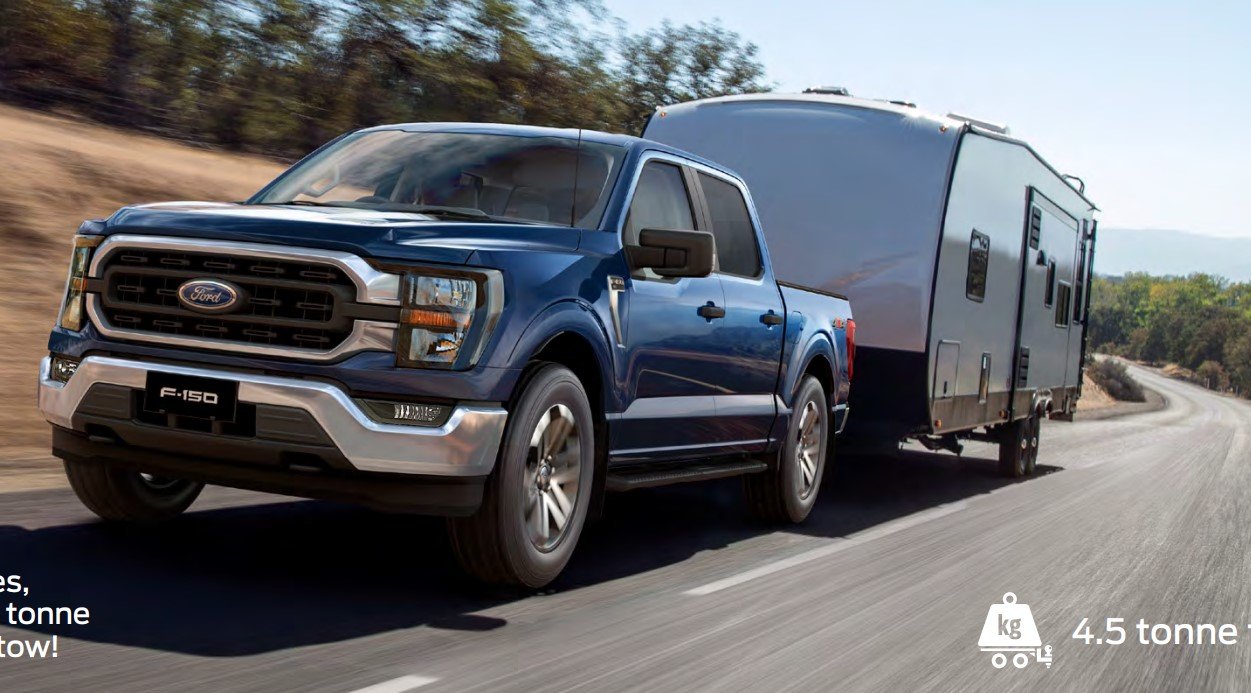



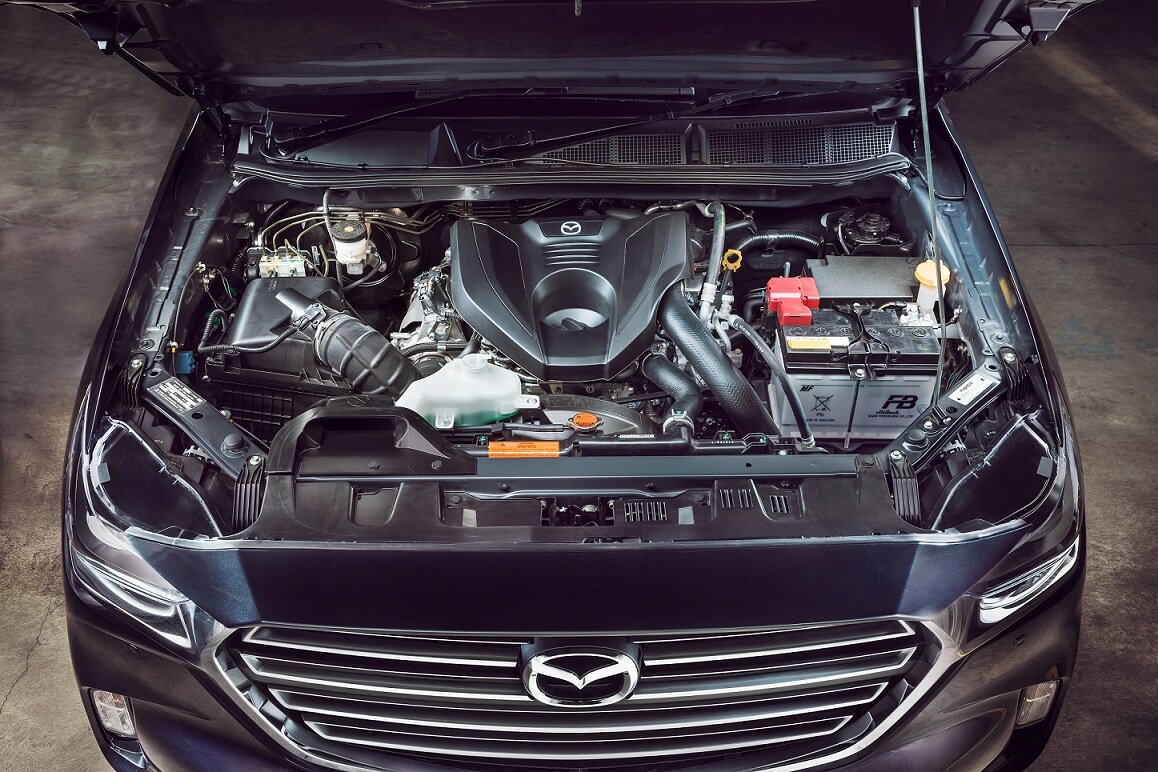
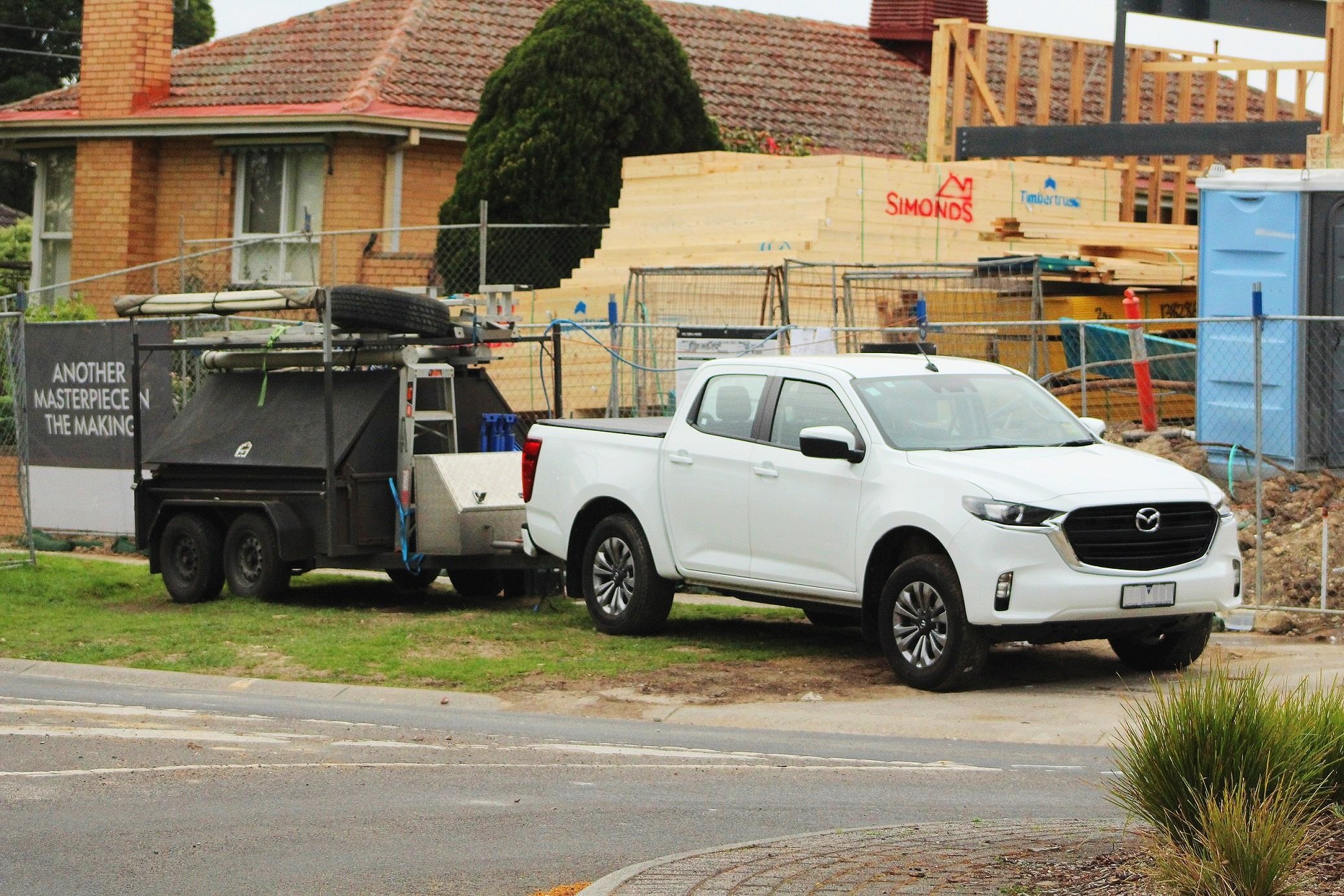
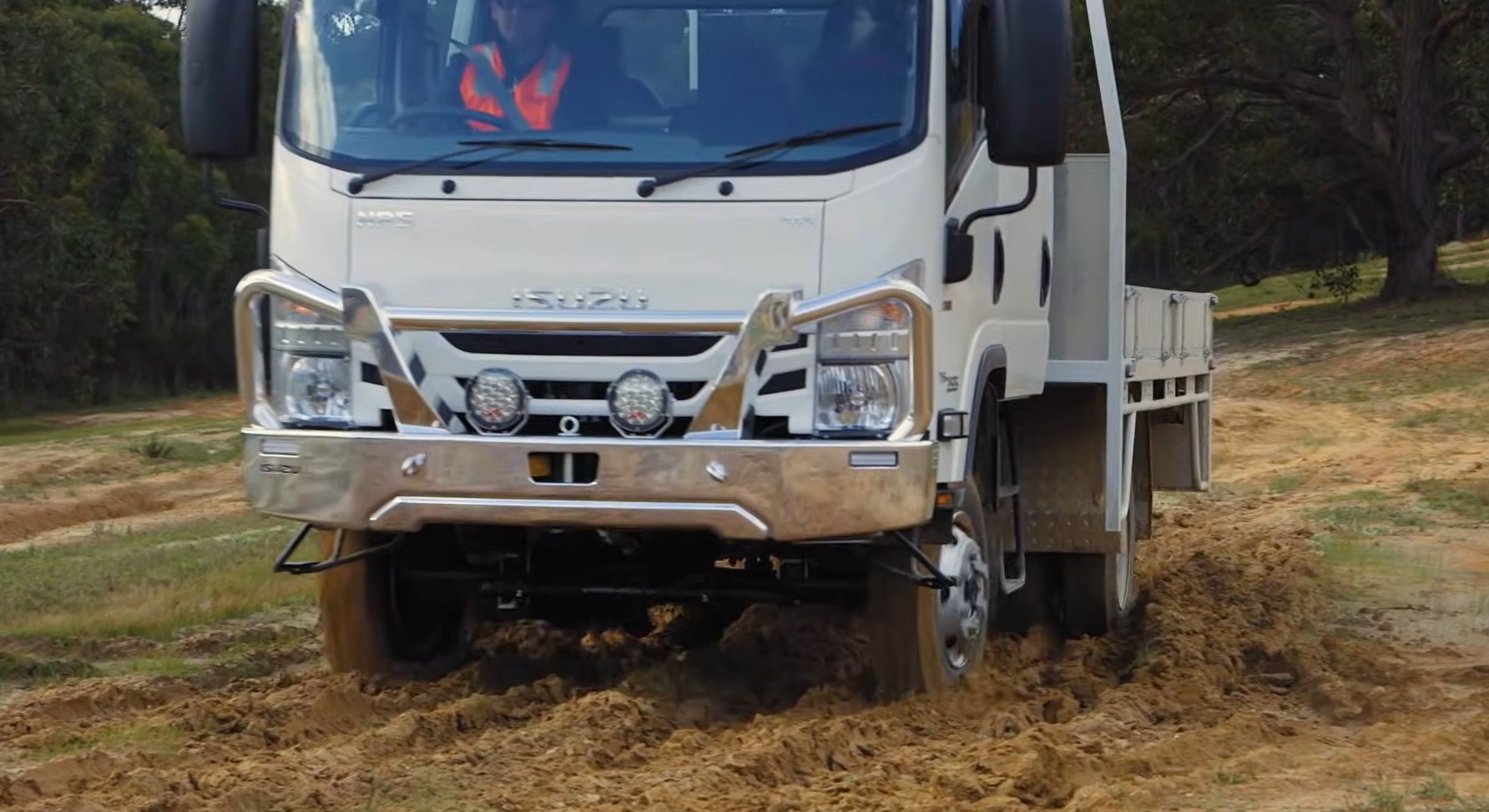
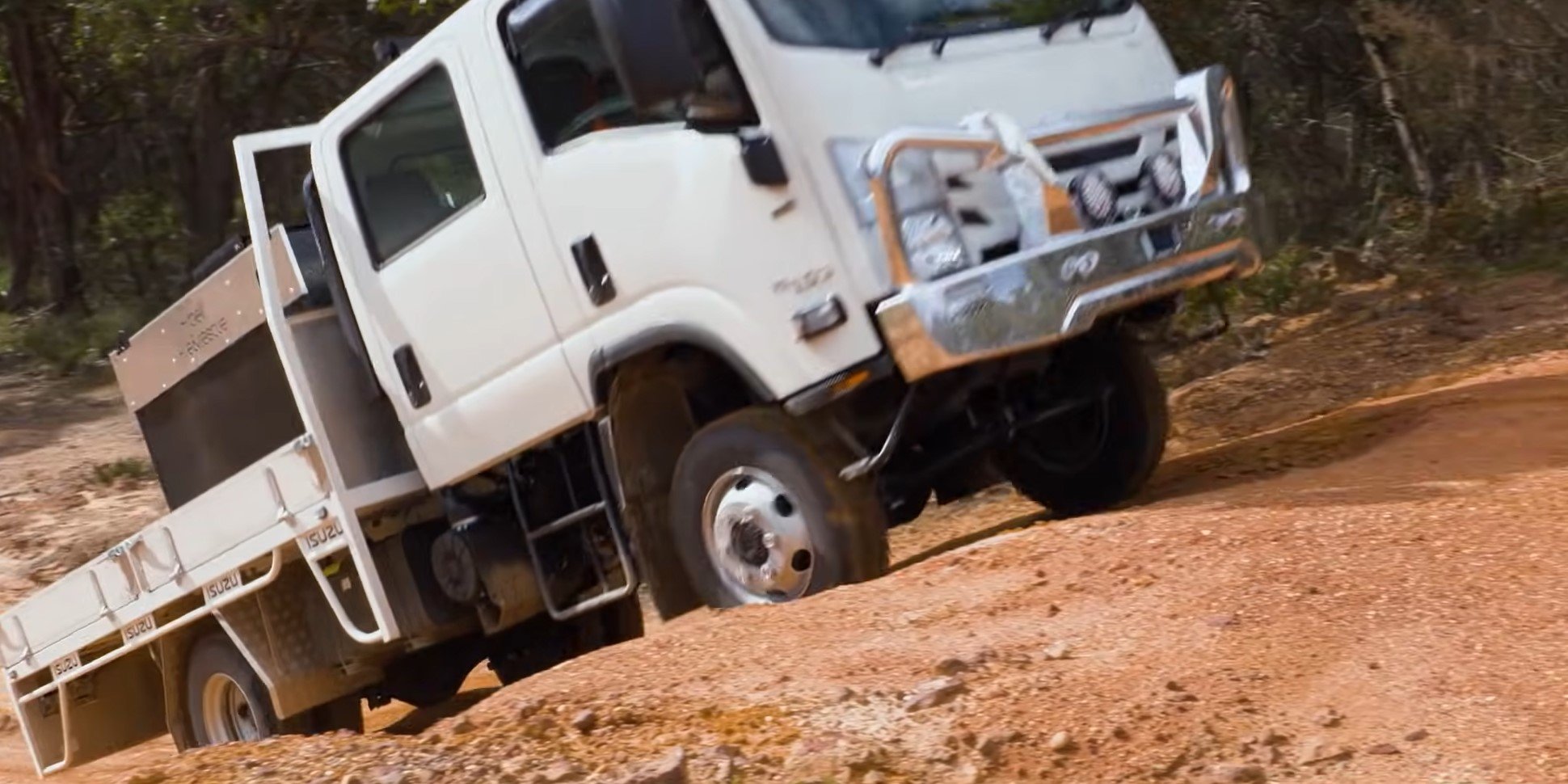
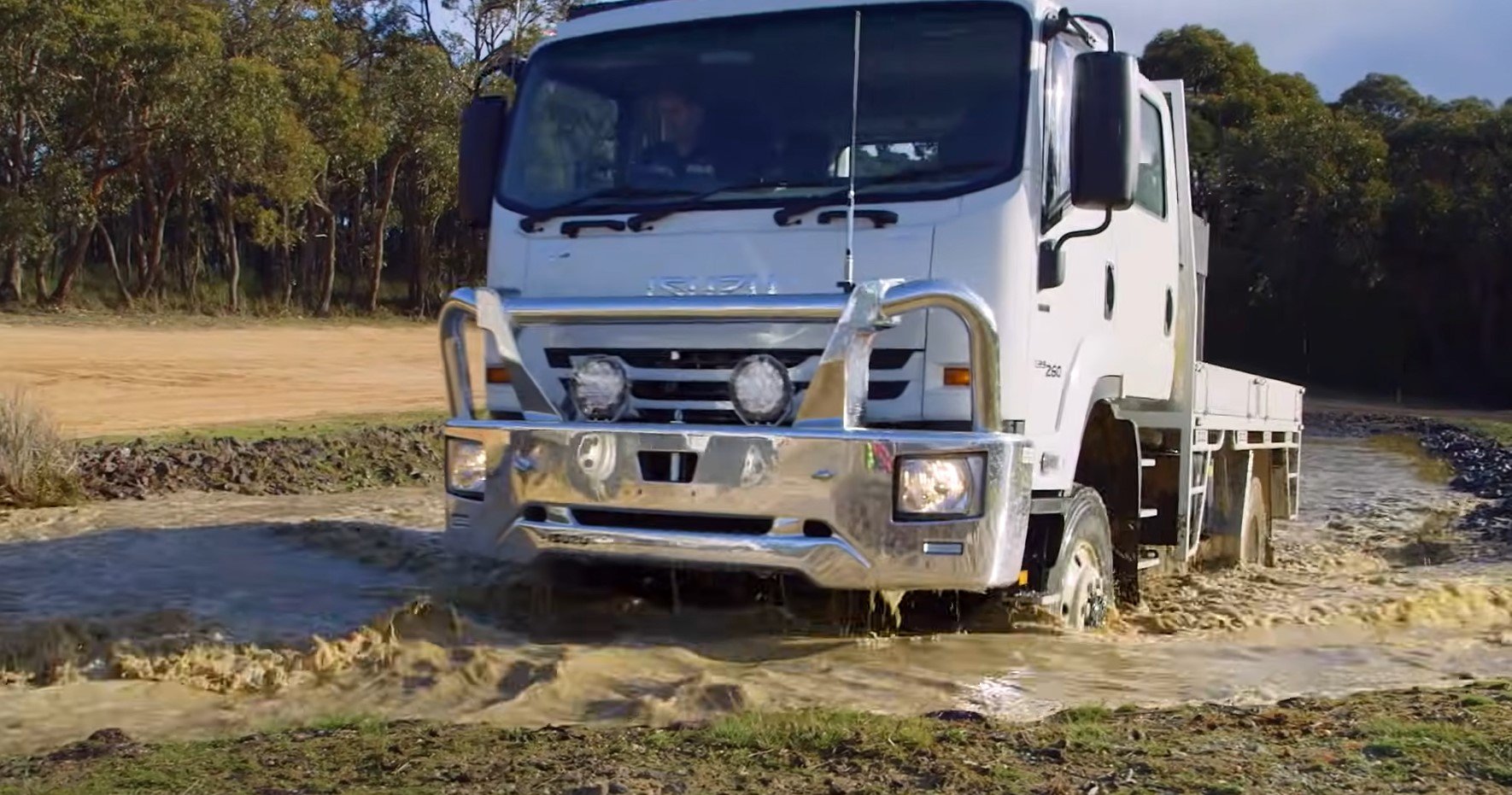
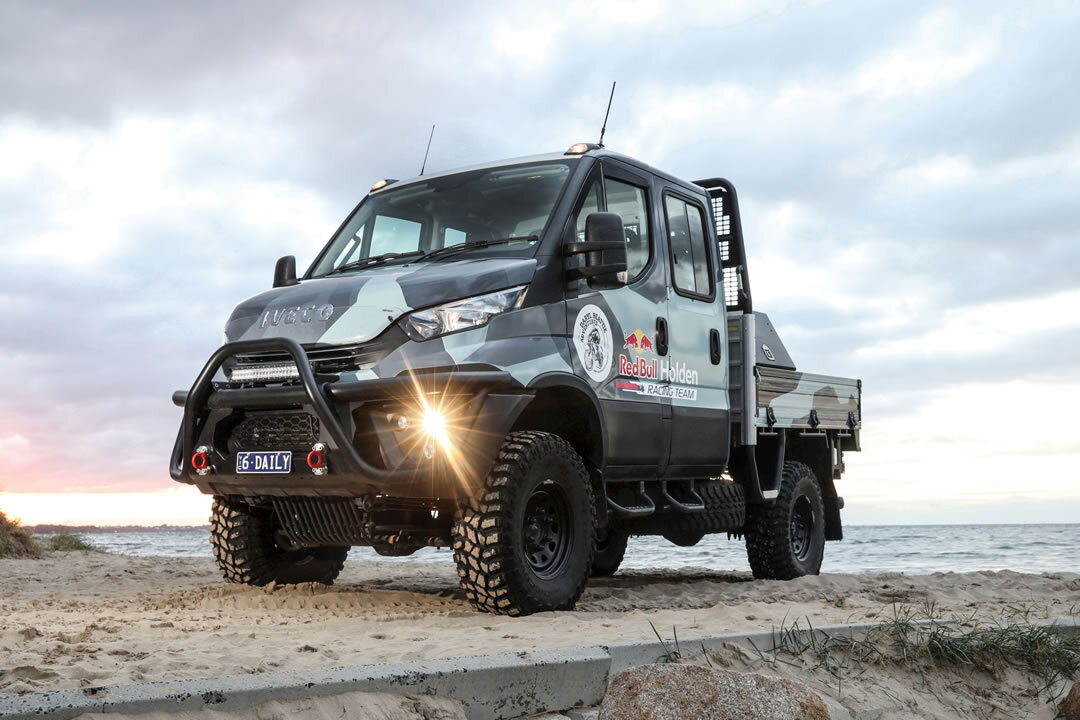
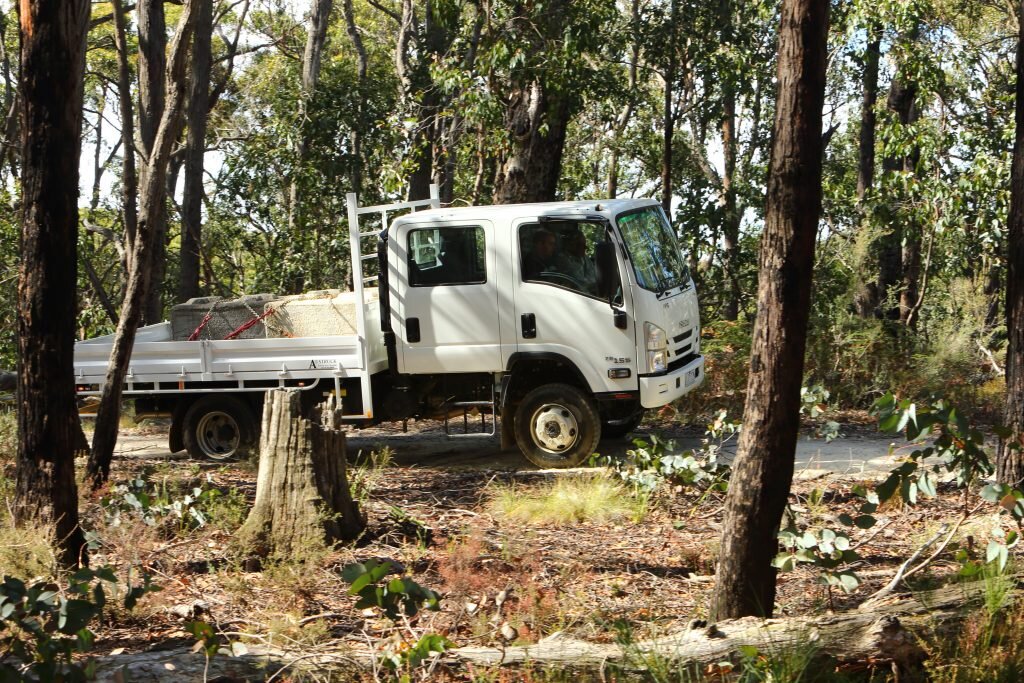








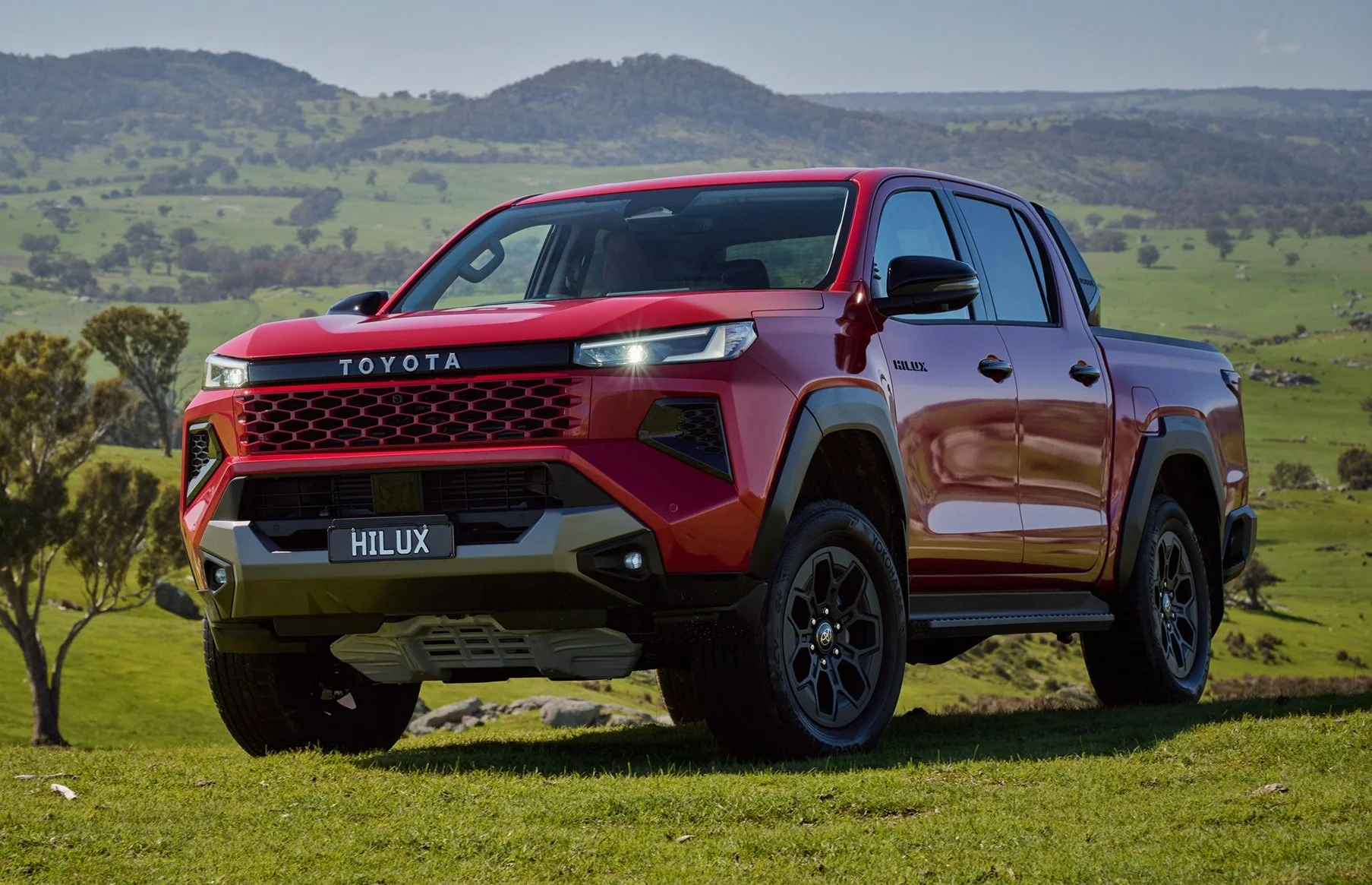


The MG ZS is a small SUV that offers such strong value to most buyers that it should be on your shortlist be default, even when shopping for a used car. But given that no car is perfect, the price could easily distract from its drawbacks.